If you feel like your skin is dehydrated, don't scrimp on hydrating skincare products, which can answer your skin needs.
Are Dehydrated Skin and Dry Skin the Same?
Dehydration is a skin condition, while dry skin is a skin type. Dry skin lacks oil, while dehydrated skin lacks moisture. Furthermore, your skin type doesn’t change when using different products, though it can vary due to factors such as age or hormones or medication.
In comparison, dehydration can occur regardless of all skin types. Other common skin types include well-balanced, oily and combination skin. Dehydration, on the other hand, is categorised along with conditions such as acne, eczema, and atopic dermatitis. Such conditions do not characterise your skin per se and can change depending on various factors. You can have both dry and dehydrated skin at the same time. In this article, we will be focusing on the latter issue, by offering tips to manage it, as well as recommending the right hydrating skincare products for your skin.
Dehydrated skin is treatable with the right products that provide hydration and moisture to the skin, and decrease any further water loss. Layering on more than one product to ensure ultimate skin hydration is essential, as different hydrating ingredients serve various purposes. For instance, humectants work by bringing moisture from the environment to the skin, which is incredibly helpful when your skin is dry, and the climate is humid. On the other hand, occlusives are typically oil-based ingredients which lock moisture into the skin and prevent trans-epidermal water loss. Lastly, emollients create a protective layer that traps moisture and draws water from the deeper layers of the skin as well as the humidity of the environment.
What Causes Dehydrated Skin?
The lack of water and moisture characterises dehydrated skin. Our bodies contain about 60% water, and our skin is the barrier that holds the water and prevents the penetration of harmful chemicals and free radicals from the environment.
When we are not consuming enough water and the total water intake is lower than what the body needs, our skin, including our face, will become dehydrated.
There are various other factors that can cause skin dehydration:
Environmental Factors
Changes in the weather such as the wind, sun, humidity can damage the skin's barrier and result in dehydration. The heat causes sweat, and with insufficient water intake, this will result in dehydration. Intense air conditioning can also dehydrate the skin as it acts to emulate cold weather, and this can be harsh on the skin. Water temperature plays an important factor, as well. Avoid washing your face with hot water as this will result in dehydration – opt for lukewarm water instead.
Lifestyle
Various lifestyle factors can cause dehydration – some of them are:
- Consumption of alcohol and caffeine drinks, which are diuretics or can cause your body to remove fluids quicker.
- Lack of sleep, which leads to dehydration due to hormone imbalance and fluid retention.
- Smoking, which strips the skin of nutrients and oxygen.
Can you identify any of the above factors in your lifestyle? These are the likely cause for your skin dehydration woes.
Signs That Your Skin is Dehydrated
Just like our bodies, a well-hydrated skin appears plump and dewy. When it lacks water, your skin might feel tight and appear dull, or rough and grey. Dehydrated skin can also redden, while the skin under your eyes might appear darker. Peeling and flaking of the skin can take place, while facial lines can appear more pronounced than usual.
To check if your skin is indeed dehydrated, try the pinch test: After cleansing, pinch your cheek for a few seconds and release it to observe its shape. If your skin quickly returns to its previous condition, it is hydrated. If it is slow to do so, your skin is probably dehydrated.
How to Care for Dehydrated Skin

Use hydrating skincare products to optimise skin hydration
The first step to re-hydrating is to increase your water intake and consume vegetables and fruit that are high in water content. Additionally, it is essential that you pick the right skincare products which bring and retain more moisture to the skin.
AHC’s Premium Ex Hydra B5 range is the perfect pick for dehydrated skin thanks to the key ingredient, panthenol (also known as vitamin B5). Panthenol gives highly moisturising results, as it strengthens the skin's ability to hold onto hydration. Other ingredients that help dehydrated skin are hyaluronic acid and ceramides as they work to replenish the water and prevent it from leaving the skin's surface.
Step 1: Cleansing
Cleansing is a significant step in your skincare routine and especially so when your skin is dehydrated. Choose the correct cleanser that will clean your skin without drying it out. We recommend: AHC Premium Ex Hydra B5 Soothing Foam, a light, smooth foam suitable for delicate and irritated skin, that moisturises while cleansing. It removes the dirt from the skin while keeping it hydrated. Apply the foam on wet hands, massage in and remove dirt using lukewarm water.
Step 2: Toning
Toners are a great way of bringing back skin hydration, mainly when they include deeply moisturising ingredients such as hyaluronic acid. Toners are rich in soothing ingredients like the Aqua Ceramide Complex and Triple Hyaluronic Complex. We recommend: AHC Aqualuronic Toner. After cleansing, pour 4 to 6 drops onto a cotton pad and wipe across the face. Pat your skin lightly with your fingers until the toner is absorbed.
Step 3: Moisturising
Moisturising creates a shield against the environment as it locks in moisture. Pick an intensive moisturising cream that contains hydrating ingredients. We recommend: Aqualuronic Cream, which includes ingredients such as Triple Hyaluronic Complex, Aqua Ceramide Complex and mineral-rich seawater, and delivers intense hydration through the day.
Use it in the daytime for its light gel consistency, which sinks in quickly and makes a good base under your makeup. Equally suitable for night-time use, its lightweight texture will ensure you can layer your other products as required. After applying toner, scoop 3 or 4 drops of the cream using the spatula and spread evenly across your face and neck. Pat the skin lightly with your fingers for maximum absorption.
Step 4: Mask

AHC provides a wide range of options for mask based on your skin needs.
The mask is your intensive treatment to be used as and when your skin feels more fragile and dehydrated. You can use it as part of your skincare routine for a couple of days in a row so that you can target dehydration more effectively. We recommend: [insert product page] AHC Premium Hydra Soother Skin Fit Mask, which contains the equivalent of a full bottle of hydrating and soothing serum for long-lasting hydration.
Apply the mask after your toner and leave on for 10-20 minutes. For improved results, store the mask in the fridge before use. It is optimal for usage when the thermometer on the pack turns green.
References:
Claimed effects, outcome variables and methods of measurement for health claims proposed under European community regulation 1924/2006 in the framework of maintenance of skin function, Nutrients Journal
Dehydration, NHS
Dry skin, Mayo Clinic
Dry skin: overview, American Academy of Dermatology Association
The role of moisturizers in addressing various kinds of dermatitis: a review, Clinical Medicine & Research Journal
Dietary water affects human skin hydration and biomechanics, Clinical, Cosmetic and Investigational Dermatology
Emollients, NHS
Surprising Ways Smoking Affects Your Looks and Life, WebMD
Related Products
Leave a comment
KEEP READING

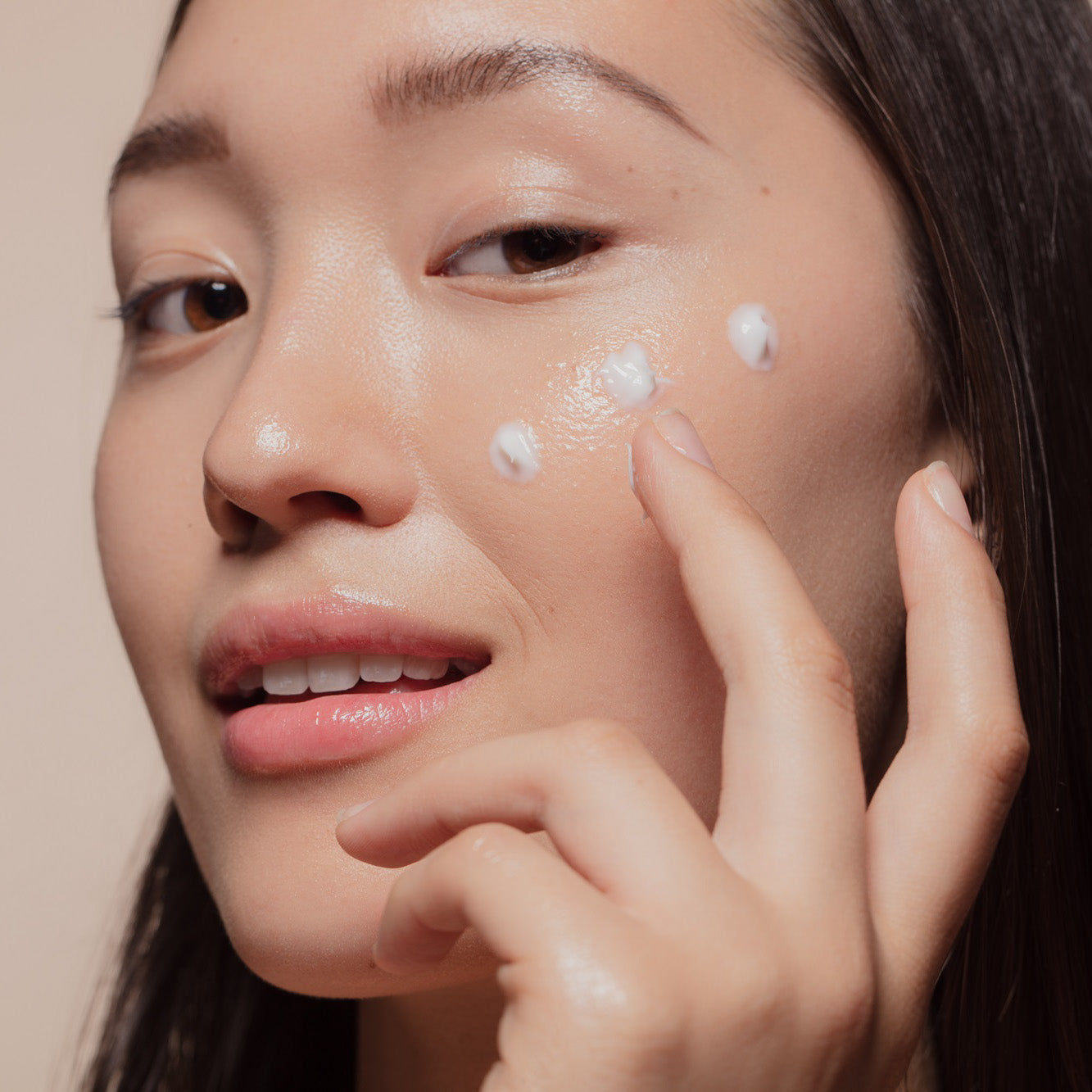
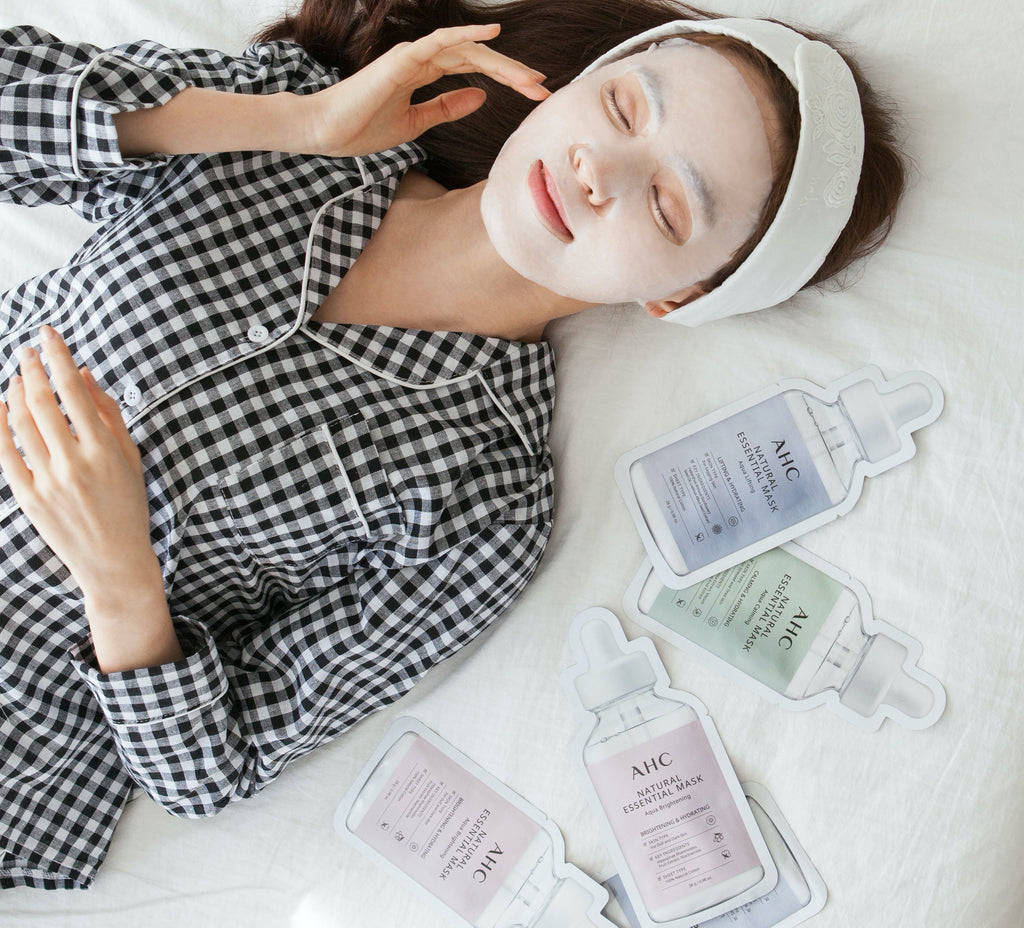
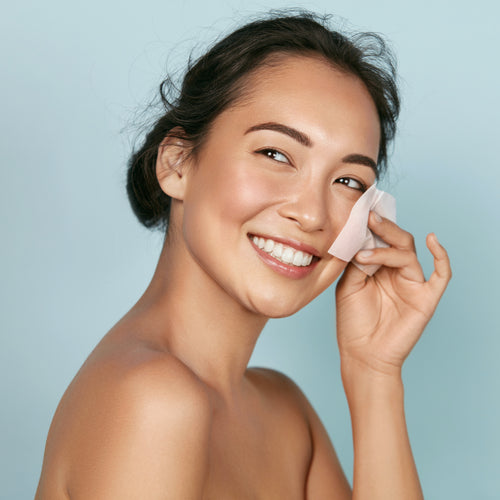

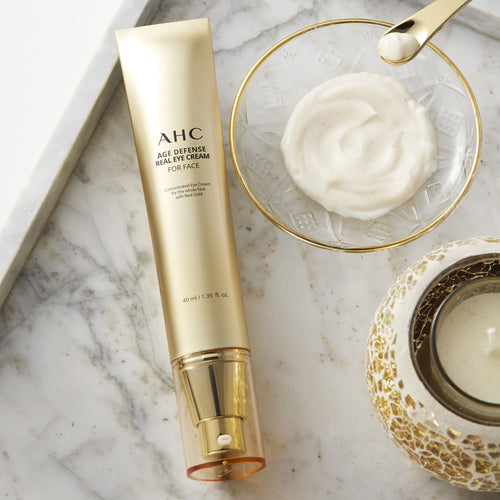
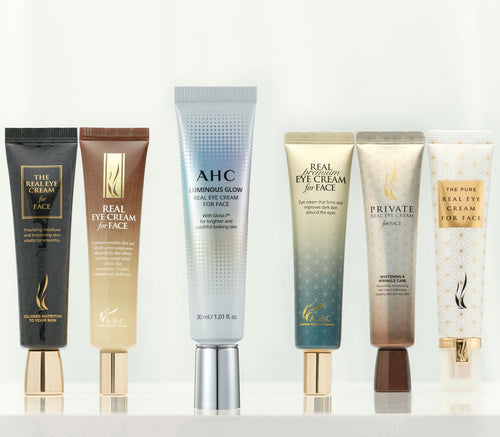
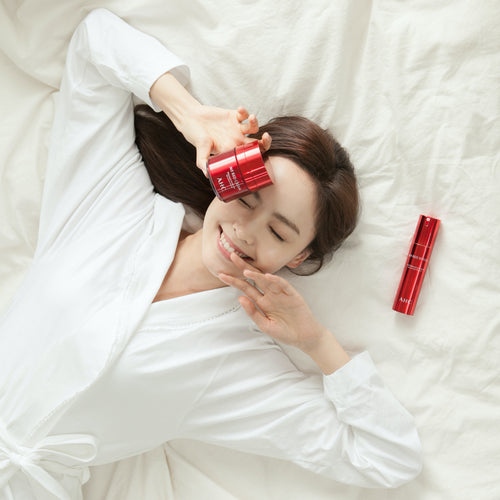

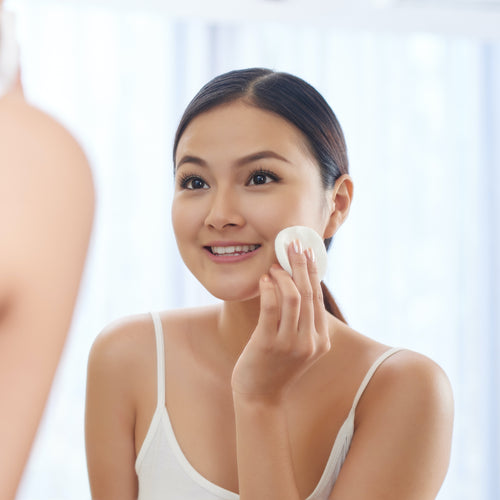



0 Comments